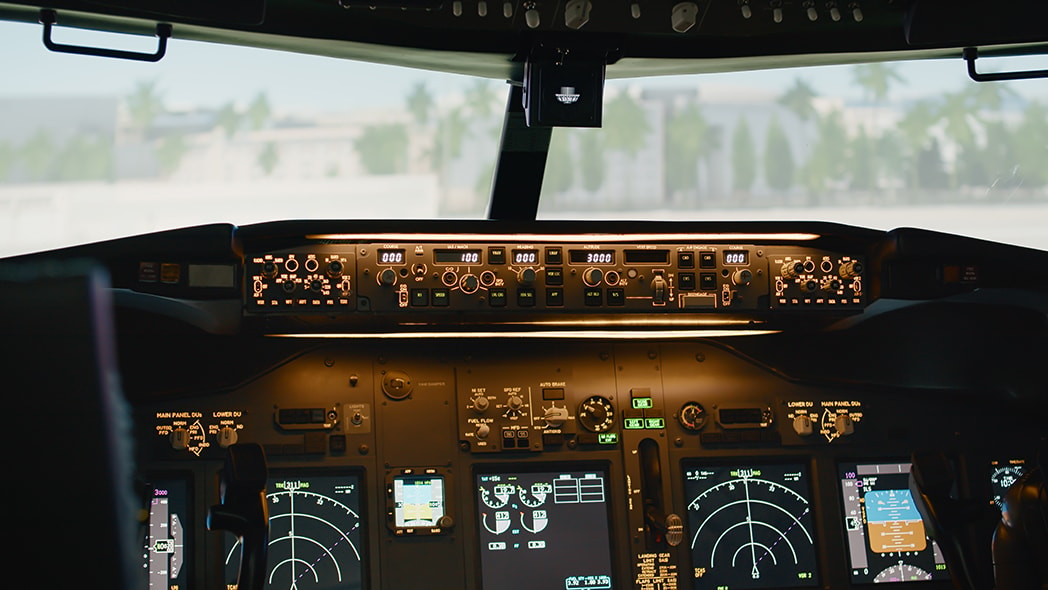How Many Flying Hours to Become a Pilot: Complete Guide
May 28, 2025
How many flying hours to become a pilot? A private pilot license requires 40 hours. A commercial pilot license 190-250 hours. An airline transport pilot certificate 1,500 hours, which includes the rigorous standards and certifications necessary to become airline transport pilots.
This article will break down these requirements and the factors that affect your training time, including how many flying hours to become a pilot.
Key Takeaways
-
Becoming a pilot involves multiple certifications: student pilot, private pilot, commercial pilot, airline transport pilot, each with specific flight hours and training.
-
Total flight hours for various certifications: 20 hours for sport pilot to 1,500 hours for airline transport pilot. Depends on type of flight school and individual learning pace.
-
Aircraft type, training programs, instructor experience affect efficiency and duration of flight training. Strategies to minimize unnecessary flight hours.
-
Acquiring technical knowledge and practical abilities is essential for safe flying and career advancement in aviation.
Defining Pilot Certifications
Becoming a pilot is not a one size fits all. It’s a series of escalating pilot certifications. Starting with the student pilot certificate each certification earned opens up opportunities in the aviation industry. These are the foundation certifications for pilots and can be added to with specialized ratings.
FAA rules dictate the minimum flight hours required for each pilot certification, affecting the training process for aspiring pilots.
For some, a more limited option like the recreational pilot certificate can be a good entry point, offering flying privileges with fewer training requirements than a private pilot license.
Becoming an airline transport pilot requires a big investment of time, energy and commitment including meeting Federal Aviation Administration (FAA) requirements, going through flight training and ground school.
How long it takes to get a pilot certificate varies greatly from person to person from a few months to several years and depends on your situation and career path in aviation.
When planning your future in this industry you need to consider things like your desired career path, types of aircraft available for training and any required certificates or endorsements.
In this series we will go through the different stages to earn the various levels of piloting certifications available in the industry. We will start from the beginning: getting your student pilot certificate.
Student Pilot Certificate
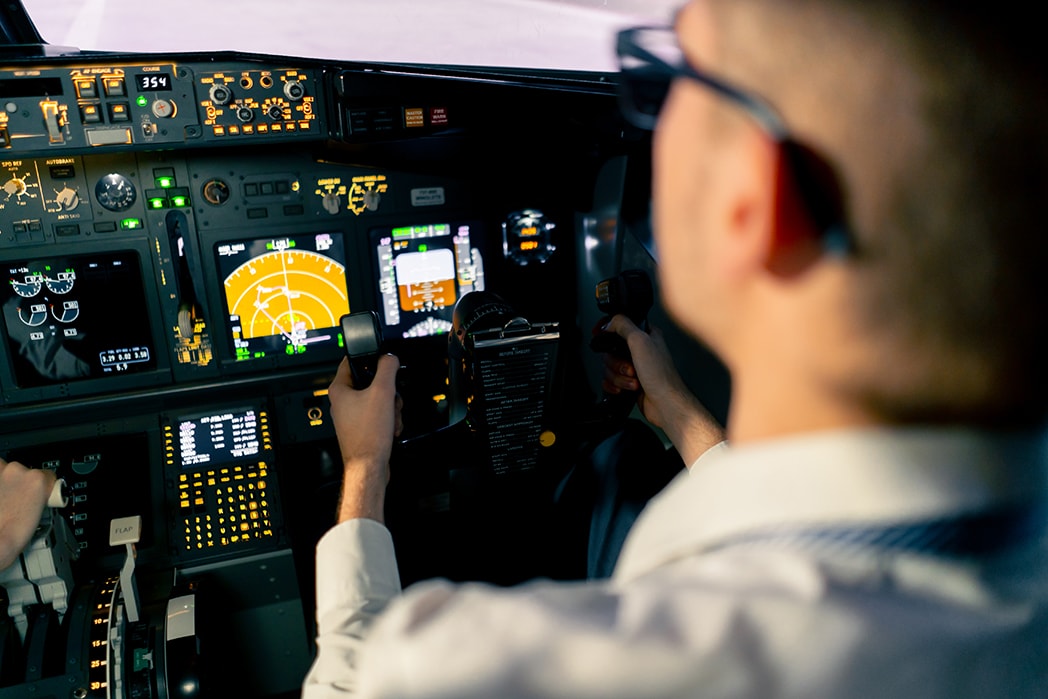
Getting started in aviation begins with a student pilot certificate. To be eligible for this certificate you must meet the following requirements.
-
Be at least 16 years old
-
Have a 3rd class FAA Medical
-
Be able to speak English
-
Have a valid drivers license in your possession
-
Pass the FAA knowledge tests
-
Get authorization from an FAA inspector
To become a sport pilot, you must have at least 20 hours of flight time.
Having a student pilot certificate allows you to fly an aircraft with a certified flight instructor and fly solo once you meet the requirements for solo flights without an instructor or another qualified pilot.
It usually takes about 3 weeks after you meet all the requirements to get the certificate and it’s good for 2 years. This is a big deal because it sets the foundation for more advanced pilot certifications. Completing your first flight is an important milestone in this process, marking the beginning of your journey as a student pilot.
Private Pilot License
Getting a private pilot license (PPL) is a big deal for anyone who wants to be a pilot. Private pilots can fly passengers but cannot receive compensation for it. To get this rating you need to fly at least 40 hours of flight, but most people fly 55 to 75 hours before they pass. With a private pilot license, you can fly non commercially and take passengers along, that’s a big step in your journey as a pilot.
Being a private pilot allows you to fly different types of aircraft once you get the necessary endorsements and do the required flight reviews. Having this certificate means more than just being able to fly. It means you’re committed, capable and skilled to fly an aircraft.
Commercial Pilot License
Getting a commercial pilot license (CPL) is a must for anyone who wants to fly as a career. Commercial pilot training involves meeting specific flight hour requirements and structured progression from a private pilot license to a CPL. This qualification allows you to get paid for flying and opens up a world of job opportunities in the aviation industry.
To be eligible for this certification you need to have at least 250 hours of flight time, pass a 2nd class FAA Medical and log specific time as pilot in command and time in complex aircraft.
For those who want to get into professional flying, having a CPL is a step on the career ladder. With this qualification you not only improve your skills but also increase your job opportunities in commercial aviation from charter flights to corporate jets.
Airline Transport Pilot Certificate
To fly big commercial aircraft and be an airline pilot you need the Airline Transport Pilot Certificate (ATP). While a bachelor's degree is not mandatory, many employers prefer candidates with at least a bachelor's degree in relevant fields. This is the top of the line pilot certificate for those who want to fly for the airlines. Eligibility requirements are 23 years old, 1,500 hours, instrument rating and pass a written exam.
Having your ATP certificate proves you have a lot of flight experience and skill in aviation. It allows you to be an airline transport pilot and be one of the pilots who fly the big airliners in the industry.
Recreational and Sport Pilot Options
If you're looking to fly just for fun-you have a couple of options. Many pilots opt for either the sport pilot or recreational pilot certificates. The sport pilot certificate demands at least 20 hours of flight time under 15 of that with an instructor and five solo.
The recreational pilot certificate requires 30 hours of flight time-again, with 15 of those hours under the guidance of an instructor and three of them solo. Both certificates come with some restrictions on the kind of plane you can fly and the number of passengers you can carry.
That said, they're a great way for those just starting out to get a feel for the aviation industry and the experience that comes with it.
The sport pilot certificate is perfect for those who want to fly light sport aircraft and enjoy the freedom that comes with flying without the extensive training required for higher certifications.
The recreational pilot certificate offers a bit more flexibility-you can fly bigger aircraft and carry more passengers. Both options give you a solid foundation if you do decide to go after more advanced pilot certifications down the line.
Flight Hours Breakdown by Certification
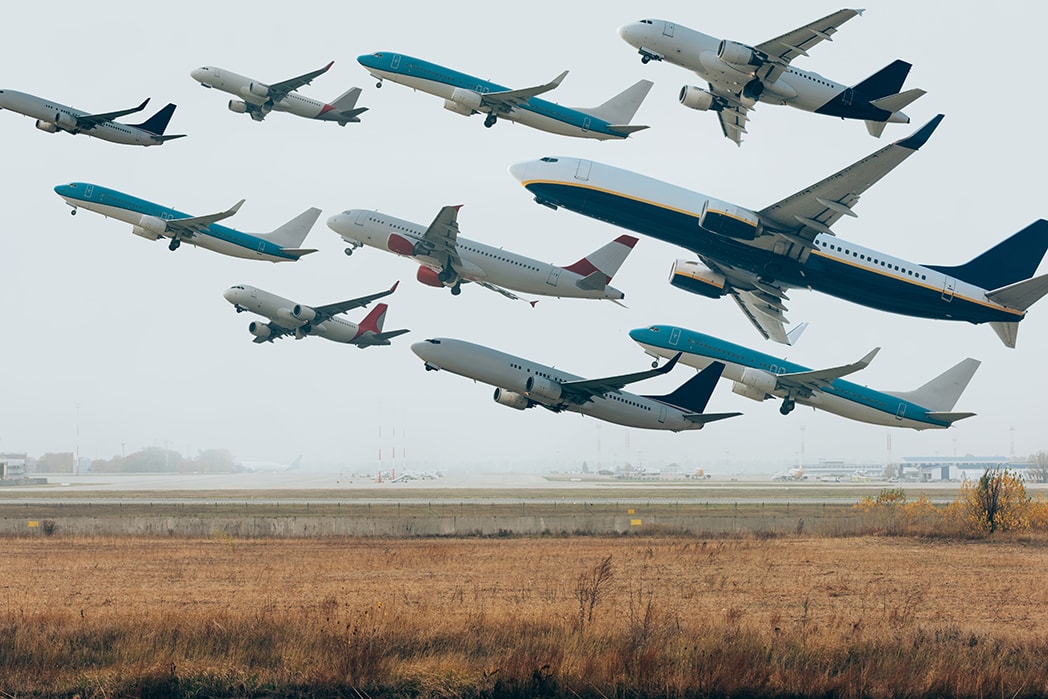
Knowing the flight hour requirements for each certification is key to planning your aviation career. The FAA sets the minimum flight hour requirements for each certification so pilots meet the necessary standards of proficiency and safety.
These requirements vary depending on the certification and your career goals. It is important to note the minimum required hours needed for each pilot certification, as most pilots will likely need additional flight hours to achieve the necessary proficiency.
Let’s break down the flight hour requirements for the three main certifications: private pilot, commercial pilot and airline transport pilot.
How Many Hours to Become a Private Pilot certificate
To get a private pilot license you need to have at least 40 hours of flight time, including solo flights and specialized training. Typically, pilots get their certification after around 55 to 75 hours in the air.
The difference is due to the rate at which each person learns and the quality of the flight training. Strategies such as frequent flying, choosing a quality flight school and instructor, and understanding the requirements of a recreational pilot certificate compared to a private pilot certificate can help prospective pilots achieve their license in fewer hours.
Getting a private pilot license is a big deal for those entering the aviation world since it gives them the proficiency and confidence to fly solo and transport passengers.
How Many Hours to Become a Commercial Pilot
Getting a commercial pilot license requires 150 to 250 hours of flight time depending on the flight school. 190 hours is the minimum at Part 141 schools and 250 hours at Part 61 schools.
This total includes specific training requirements: 10 hours in a complex aircraft, 100 hours as pilot in command and 50 hours cross country.
Getting this license allows you to get paid for your piloting services and opens up many career opportunities in the aviation industry.
Obtaining a commercial pilot certificate is essential for those aspiring to fly professionally, as it is a significant milestone that enables individuals to engage in various flying vocations while advancing their skills and knowledge.
How Many Hours to Become an Airline Transport Pilot
To get an airline transport pilot certificate you need 1,500 total flight hours. This must include at least 100 hours of night flying and 500 hours of cross country flying.
It takes about 2 and a half years to get the required hours. You must be 21 years old to be eligible for this certification.
For many pilots, getting an ATP certificate is their ultimate goal as it allows them to fly big commercial aircraft for major airlines. Training programs for airline pilots are highly structured and regulated, ensuring that they acquire the necessary advanced skills and certifications.
Factors Influencing Flight Hours
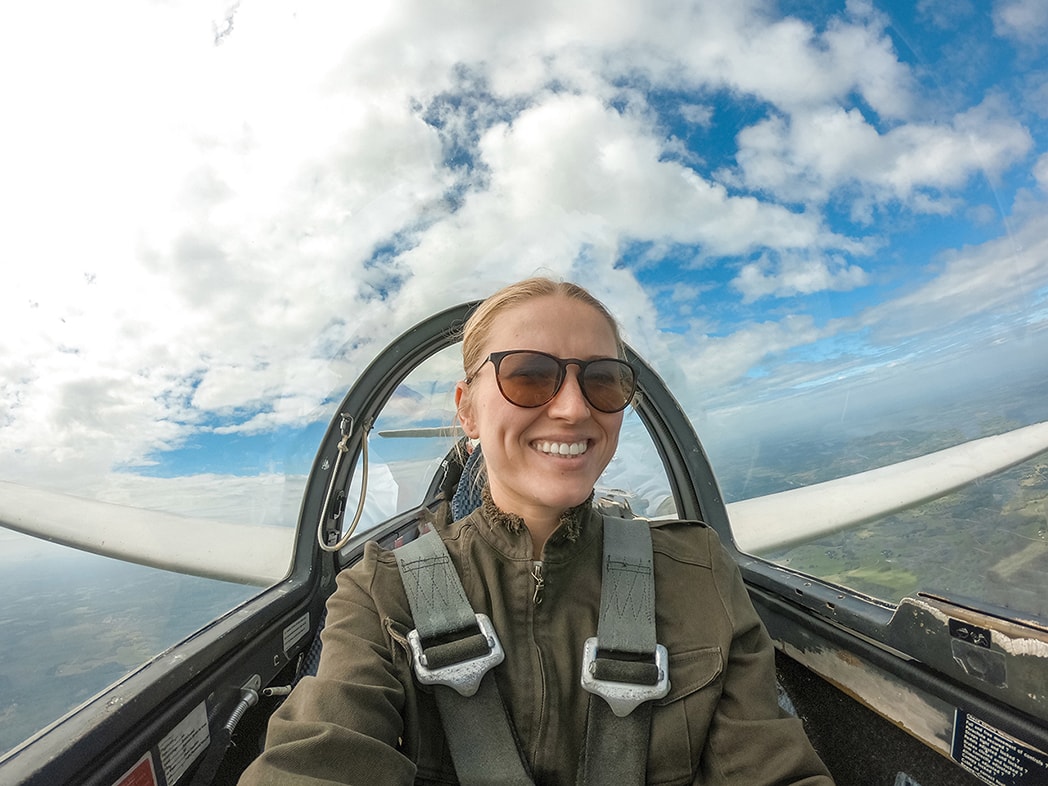
Flight hours to become a pilot depend on many factors, the certification you are pursuing and where you train. Having experienced instructors can reduce the flight hours required to get certified.
How fast you learn, and your natural ability are key factors that affect how fast you become proficient as a pilot.
Consistent flying is key to reinforcing what you learned during training, so you get proficient faster. By flying regularly, you can maintain your skills and not have to relearn what you already learned. Frequent flying and preparation are essential in mastering flight maneuvers, as they allow pilots to perform these maneuvers more efficiently.
In the following we will look into the specific factors that affect flight hours for aspiring pilots.
Type of Aircraft
The type of aircraft you fly can make a big difference in the number of hours you need to get proficient, as different models have different handling characteristics that require more or less time to train for certification.
For example, training in a complex aircraft may take more time than training in a light sport aircraft, so the total training time will be longer. Sport pilots, for instance, have specific certification requirements for operating light sport aircraft, including limitations on their flight activities and the pathway to become flight instructors, which emphasizes both training hours and certification criteria.
Training Program
Flight schools operate under two main regulations: Part 61 and Part 141. Part 61 schools have flexible training programs, while Part 141 schools are more rigid and have higher FAA standards.
You can get certified at a Part 141 school with fewer flight hours than a Part 61 school, so the training time will be shorter. It is crucial to select a reputable flight school to ensure quality training that aligns with your personal comfort and professional requirements.
Frequency of Flying
By flying regularly, you can reduce the total number of hours required for certification as it improves skill retention. It’s good for pilot wannabes to fly often to keep their skills high and reduce the learning curve that comes with infrequent flying.
Most pilots share common experiences in their training and career aspirations, often starting with specific goals such as commercial aviation or sport piloting.
Additional Flight Training Considerations
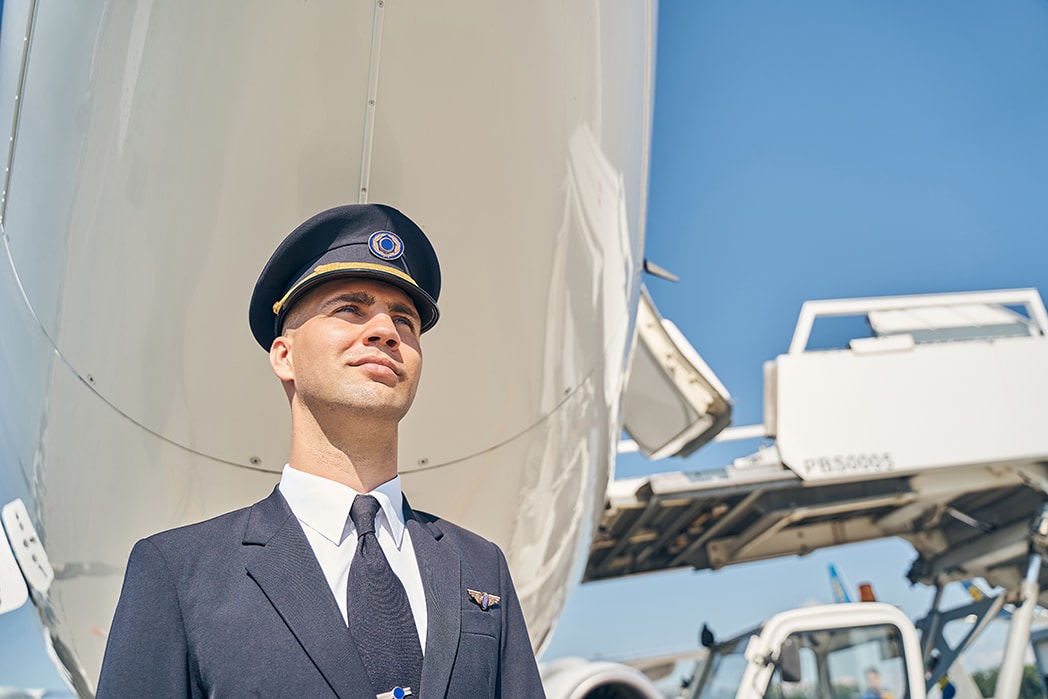
In addition to flight hours and training syllabus other things can impact the length and effectiveness of training. To get the most out of each flight lesson diligent pre-flight preparation involving material review and weather checks is key.
Having clear training objectives and sticking to a regular training schedule can help with pilot training productivity.
The quality of flight training can also be influenced by the instructor’s skill level and the individual trainee’s aptitude. Knowing these extra factors allows aspiring pilots to make informed decisions to hone their flying skills.
For those looking to transition into roles such as aeronautical engineering, further education is essential to meet the advanced knowledge requirements in engineering principles needed to design and maintain aircraft.
Weather Conditions
Weather is a critical factor in flight training and scheduling. Bad weather can delay flying and increase overall training time. Pilots in training need to consider weather variability when planning their training to make progress.
Instructor Experience
Having an authorized instructor makes a big difference in flight training. They can identify a student’s areas of improvement and proficiencies and customize advanced training to speed up the process.
Pilots in training can benefit from experienced instructors and flexible training modules as these can reduce the total number of flight hours to get certified.
Personal Aptitude
How fast a person can complete flight training and get the required flight hours is largely dependent on their natural ability as aeronautical knowledge, spatial awareness, multitasking skills and decision-making capabilities can improve a person’s flying ability.
It’s important to know your own flying ability and adjust the pace of training to make the most out of flight training.
Career Paths and Specializations
There are many career paths and specializations available to pilots, including commercial airlines, corporate jets, and charter flights.
Commercial pilots can work for major airlines, regional airlines, or corporate jet companies, flying passengers and cargo around the world. Some pilots may choose to specialize in a particular type of aircraft, such as helicopters or light sport aircraft.
Others may choose to work as flight instructors, teaching students how to fly and helping them obtain their pilot certificates. With a commercial pilot license, pilots can also work in rescue operations, flying aircraft to rescue people in emergency situations.
The career path of a commercial pilot can be rewarding and challenging, requiring a strong foundation in aeronautical knowledge and extensive flight experience.
Commercial pilots have the opportunity to work in various sectors of the aviation industry, each offering unique challenges and rewards.
Whether flying for a major airline, operating a corporate jet, or conducting charter flights, the skills and experience gained as a commercial pilot are invaluable.
Specializing in a specific type of aircraft or operation can further enhance a pilot’s career, providing opportunities for growth and advancement in the aviation industry.
Tips to Minimize Flight Hours
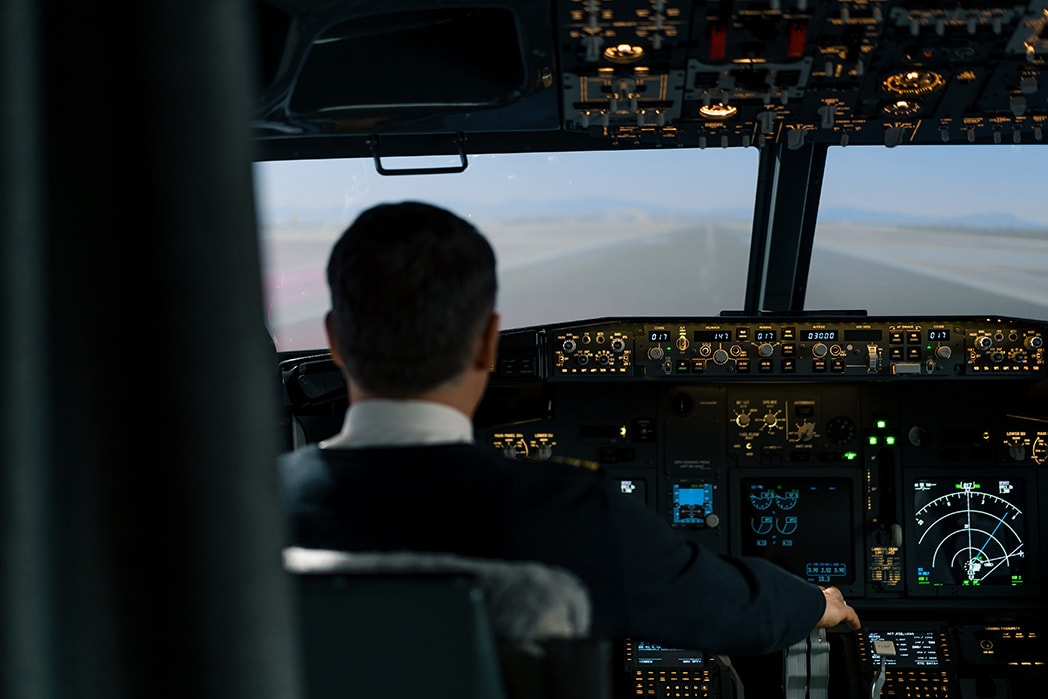
Pilots in training can reduce flight hours by using efficient training methods. Regular flying sessions help reduce the time it takes to get a private pilot license. Choosing the right instructor is key to streamlining the training and cutting down overall flight hours. Communication with air traffic control is also crucial for ensuring safety and efficiency during flights.
Anticipating and preparing before each lesson helps refine the training journey and allows pilots to achieve their goals faster.
By using these methods, you can eliminate unnecessary flight hours and accelerate your progress to getting certified by learning basic maneuvers efficiently.
Fly Frequently
Frequent flying reinforces learning and builds confidence. Regular flying helps retain knowledge and skills and reduces the learning curve of unfamiliarity.
Fly as often as you can ideally several times a week to learn and be efficient.
Choose the Right Flight School
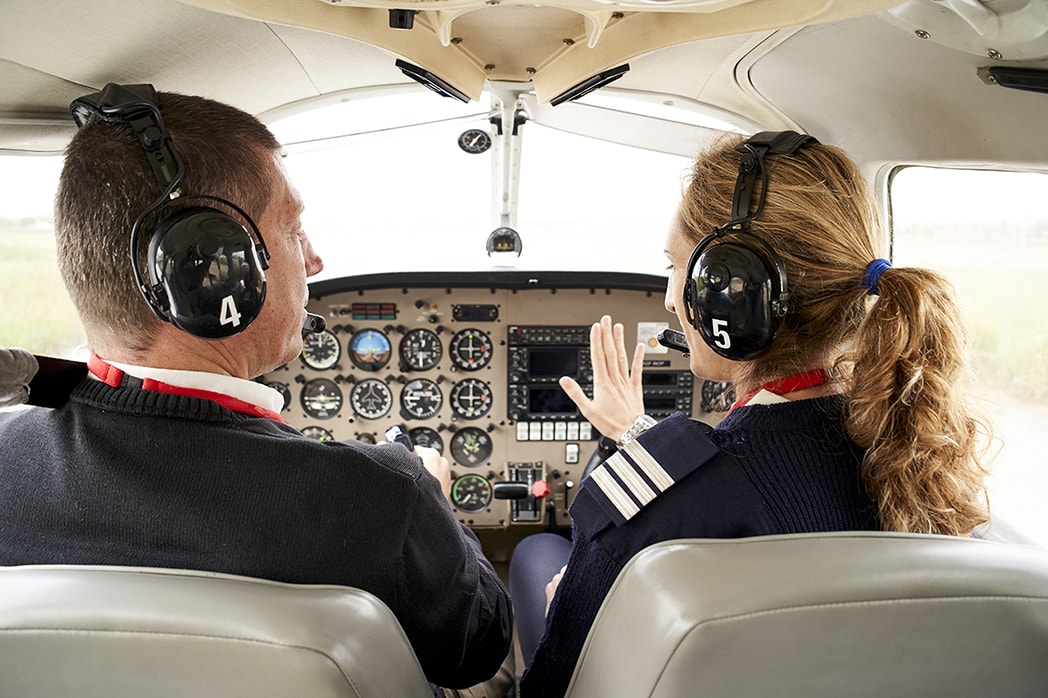
You want to minimize flight hours. When choosing between Part 61 and Part 141 schools, consider your own learning style, availability and desire for a structured program. Choose a school with a good track record and you’ll get there faster.
A top school should have a clear and supportive plan for each student.
Plan and Prepare
Proper planning and preparation for flight training helps you use your time and resources wisely. Fly regularly and pick the right school and you’ll reduce unnecessary flight hours and get certified faster.
Corporate Pilot
Pilots flying corporate jets for company executives and clients are a key part of business logistics. To be a commercial pilot in this role they need to have a commercial pilot license and 1,500 hours of flying time. Recruitment of pilots is critical to ensure companies have skilled professionals to fly their aircraft.
These pilots need to have the technical skills to fly the plane and the social skills to deal with high end passengers. Pilots in professional aviation need to be excellent in both areas to provide a seamless travel experience for those on board.
Flight Instructor
After getting a commercial pilot certificate many pilots choose to become a flight instructor. To be a certified flight instructor (CFI) you need to have at least 25 hours of flight time. This role allows pilots to accumulate more flight hours and earn money at the same time.
Flight instructors have either an airline transport pilot license or a commercial pilot license.
Airline Pilot
Securing a commercial pilot certificate paves the way for individuals to engage in professional flying and progress to elevated certification tiers. To be eligible for employment with major airlines, pilots must undergo supplementary training and accumulate more flight hours than what is necessary for a commercial pilot.
Following this career trajectory affords pilots the opportunity to ascend through the ranks, eventually taking charge of substantial commercial planes and joining the workforce of prominent airline companies.
For those wondering how long does it take to become a pilot captain, the answer depends on factors such as total flight experience, airline policies, and seniority systems.
